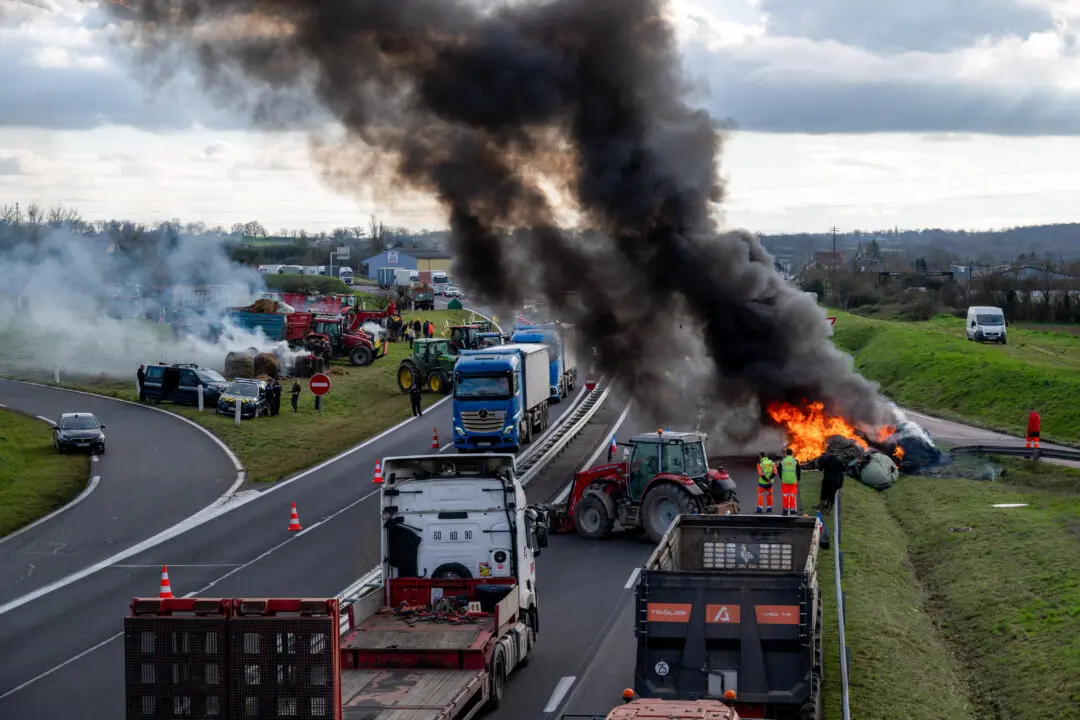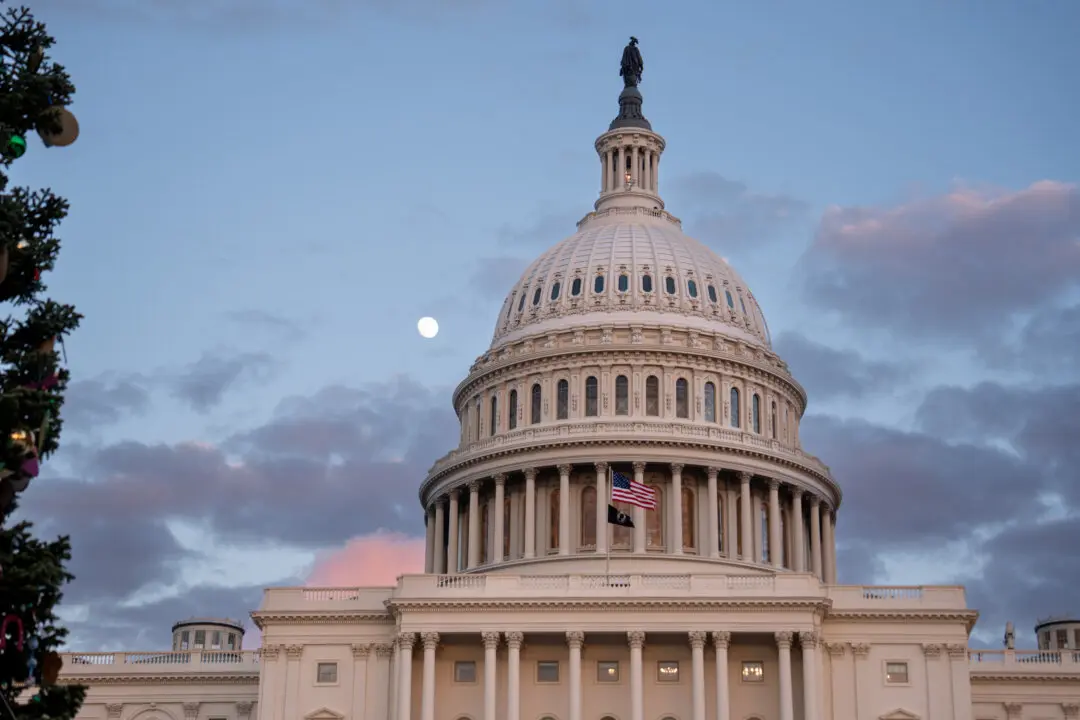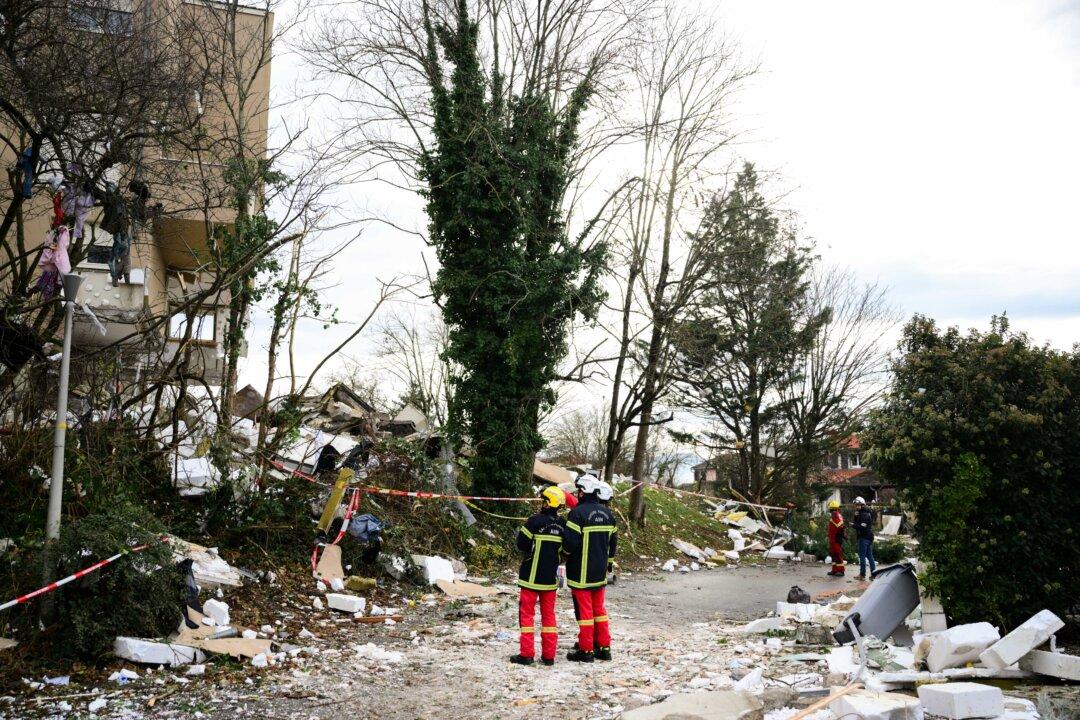Monday, Jan. 23, 2012
THEN
Jan. 23, 1991, the largest oil spill in history occurs in Kuwait when Saddam Hussein’s Iraqi forces open the valves of oil wells and pipelines as they retreat from their invasion of Kuwait. Iraqi forces deliberately release an estimated 240 million to 454 million gallons of Kuwaiti crude oil into the Persian Gulf in an effort to slow or sabotage intervention by American troops. Approximately 600–700 oil wells are also set on fire. The resulting oil slick that accumulates on parts of the Persian Gulf from the spill is approximately 13 inches thick and spans an area about the size of Hawaii. The immediate damage caused by the oil spill devastates the surrounding wildlife. Researchers from the World Wildlife Fund’s United Arab Emirates office estimate 30,000 water birds were killed by the 1991 oil spill. According to WWF, the oil spills destruction of significant amounts of fish eggs and larvae reduced the breeding of some bird species by 50 percent in 1992.
NOW
Today, some researchers concluded the Persian Gulf has shown resiliency in the years following the 1991 oil spill evidenced the Gulf’s ecosystem making a remarkable comeback. According to a 1993 report by the Intergovernmental Oceanographic Commission at UNESCO following the cleanup effort, the oil spill resulted in little permanent damage on coral ecosystems and local fisheries. However, a 2008 report by American science-technology consulting firm Research Planning, Inc., found 282.5 million cubic feet of oiled sediment remained along almost 500 miles of coastline in Saudi Arabia. The habitats exposed to the greatest wave activity have recovered best, but more sheltered areas, such as crab burrows, can have up to oil depths of about 20 inches. In a CNN report, Laila Hayat of the Green Line Environmental Group, an environmental activist group in Kuwait, expressed her fear that the erosive action of coastal currents could release oil buried in beach sands.




